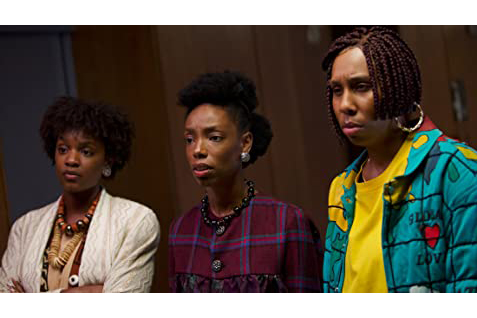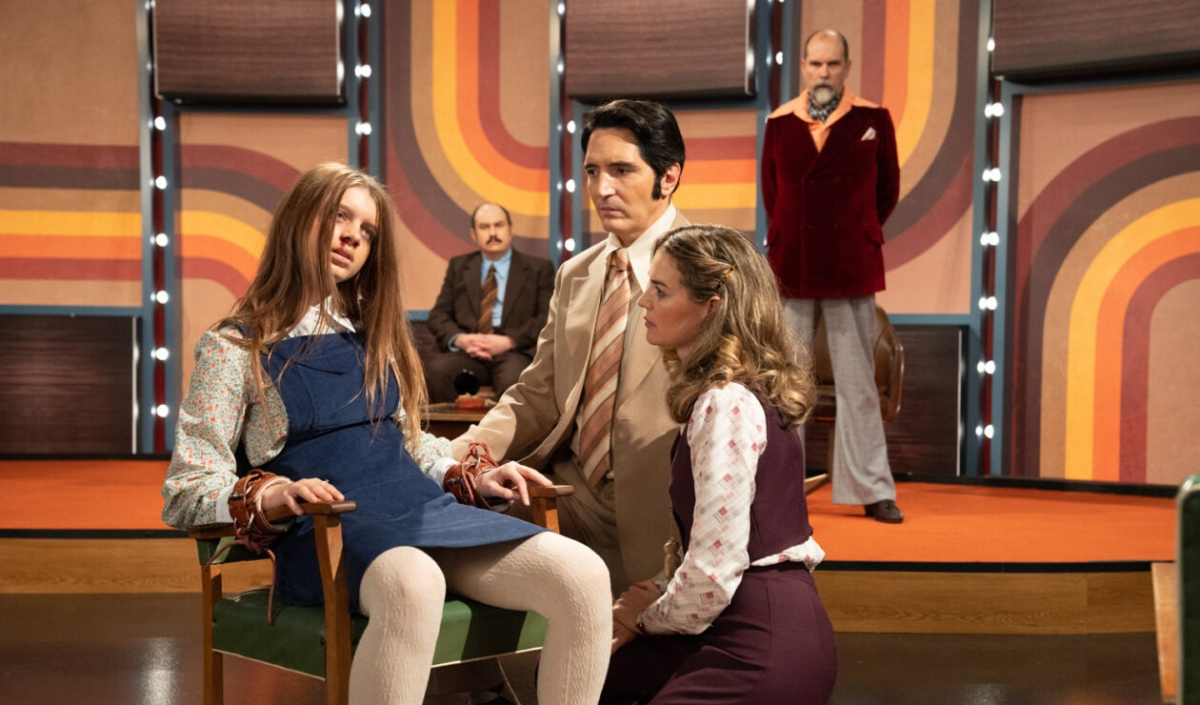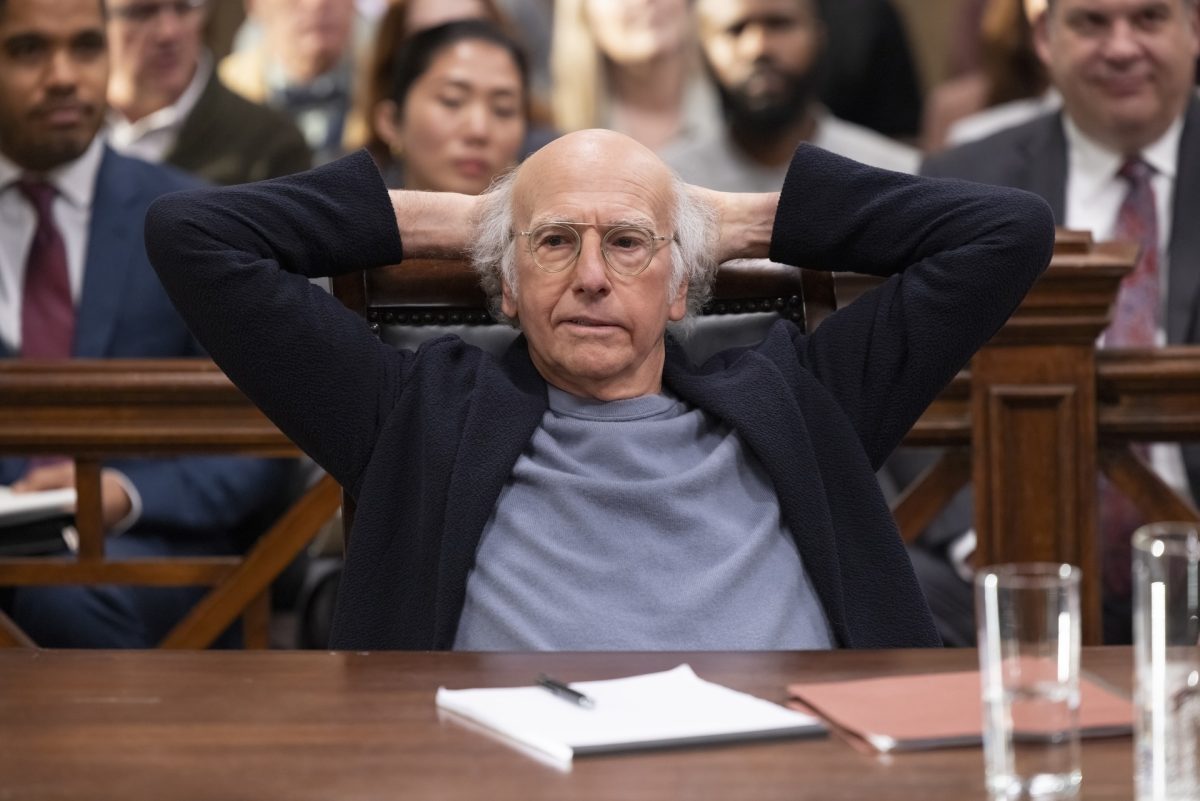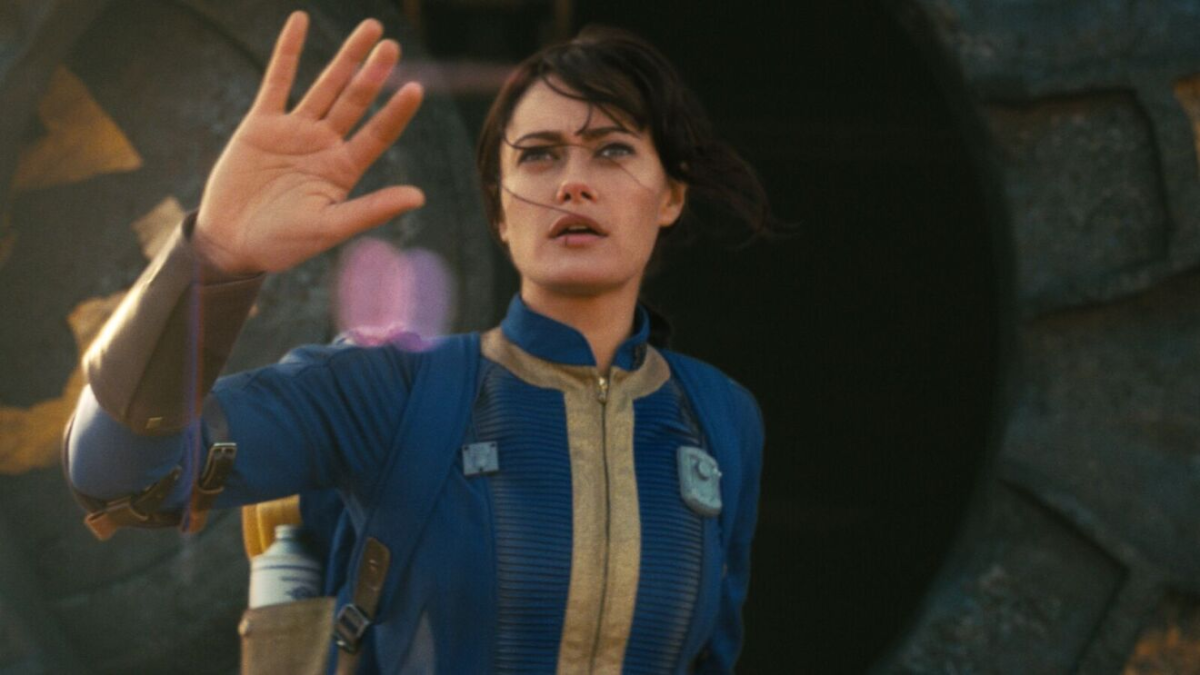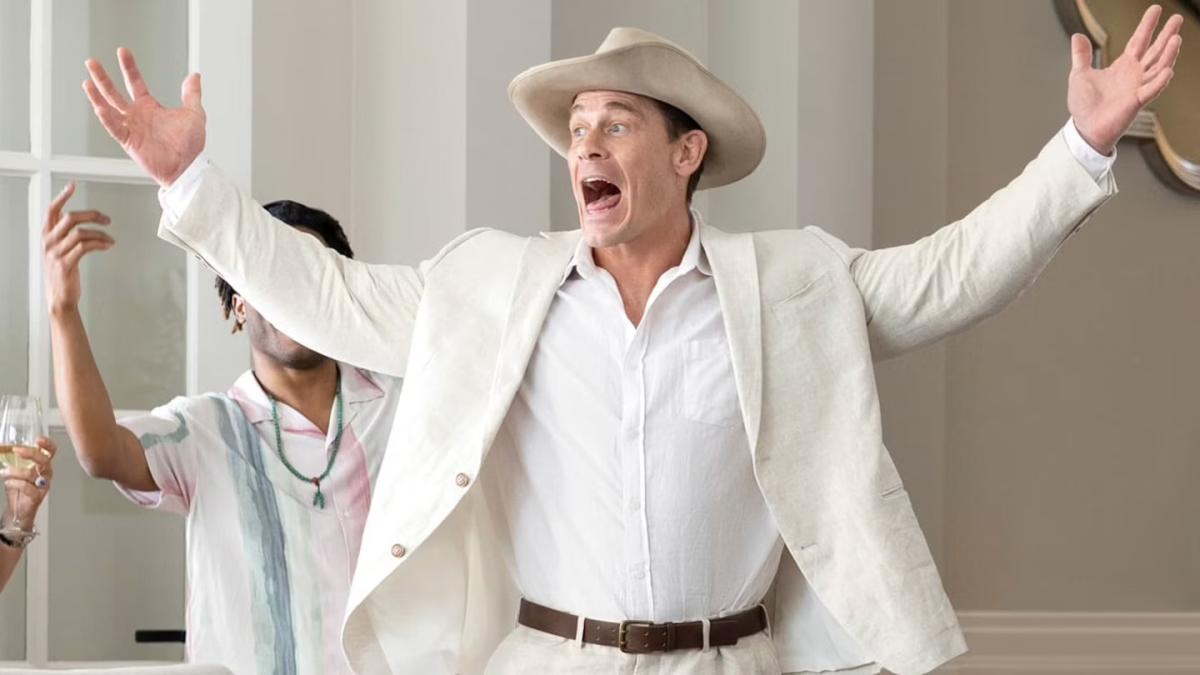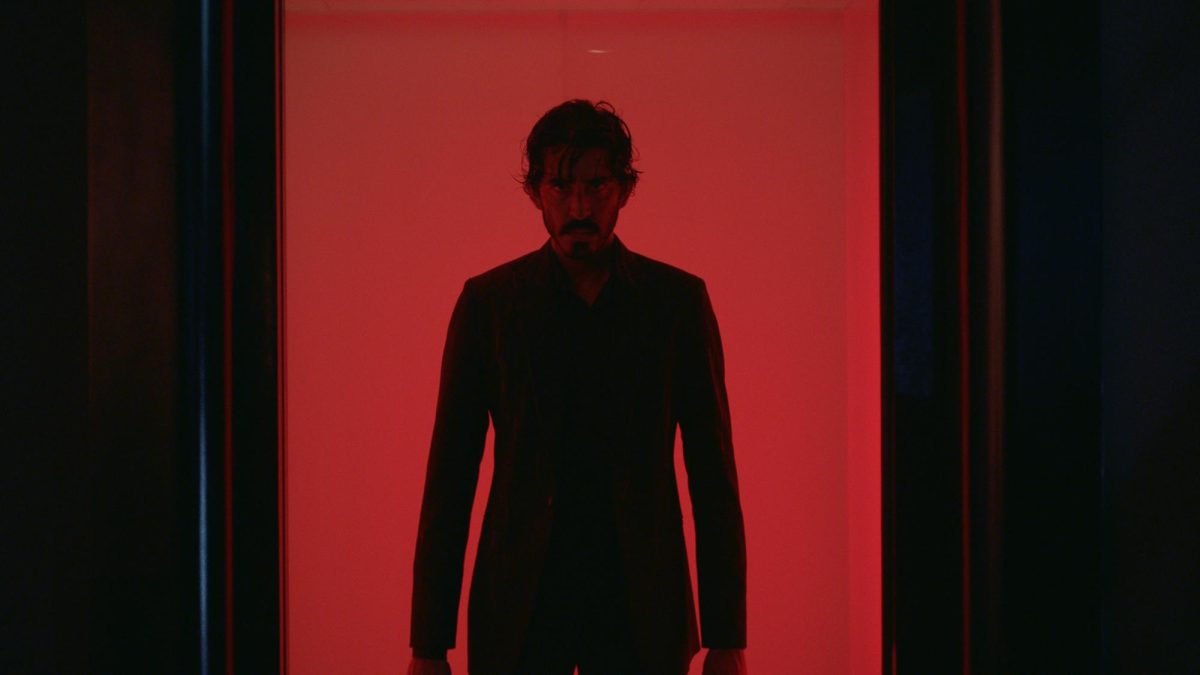Getting tangled up in someone else's hair proves to have deadly repercussions in Justin Simien’s “Bad Hair.”
The Hulu original film follows Anna Bludso (Elle Lorraine), an executive assistant at a music television station with a dream of hosting her own show. In order to please the new higher-ups, Bludso ditches her natural hair and gets a weave — one with a sinister mind of its own.
Set in 1989, this horror satire is played up with a few jump scares, a superstitious story and sinister images, but the focus remains on the social commentary. Sure, Bludso’s possessed weave is unnerving, but not as scary as scalp-burning chemical relaxers and losing bodily autonomy to societal norms. It’s not the hair that’s evil but the social standards that compel Black women to change their hair.
Simien’s stellar writing helps audiences understand the horror of hair relaxers, starting immediately with the opening sequence. As a child, Bludso’s cousin attempts to straighten her hair with a box of chemical relaxers, which, despite following the instructions, permanently sears off a piece of Bludso’s scalp. This skillful setup adds to Bludso’s character depth when she decides to get a weave. Then the audience is introduced to yet another painful process and the accidental cuts that come from a fast, wreckless needle when a hair stylist tries to sew in the hair as close to the scalp as possible. It’s Simien’s attention and incorporation of meaningful detail that transform this B movie into a must-watch.
Lorraine delivers an excellent performance as Bludso, bringing her internal conflict with her new hair front and center. Rather than making Bludso seem naive about changing her hair, Lorraine pulls on her character’s past trauma and her developing hair nightmare. Her spiraling loss of control isn’t a cliché deep dive into insanity. Rather, Lorraine proves her strength and keeps a level head when her world is flipped upside down.
“Bad Hair” is chock-full of big-name appearances like Lorraine, known for her roles in “Insecure” and “Dear White People.” Vanessa Williams portrays an uptight boss, Laverne Cox sews in Bludso’s weave and Lena Waithe delivers her signature laughs as one of Bludso’s coworkers. Usher, of course, plays a popular musical talent with wicked style.
The details of the film really tie it all together. The 1989 era is dated by big sleeves, casual smoking and the wonder of music video television. There’s even a reference to Eddie Murphy’s attractiveness as women at the office talk about a cute guy.
Simien’s focus on the pains of relaxing hair and getting weaves sewn in is amplified with auditory cues, so viewers are sure to remember each time Bludso’s head is inflicted with unnecessary pain.
The film as a whole, despite the evil weave and the havoc it wreaks, sends an overall message about self love. Black women should be allowed to wear their hair however they want, whether that be natural, relaxed, braided or sewn in.
Rating: 4 out of 5



